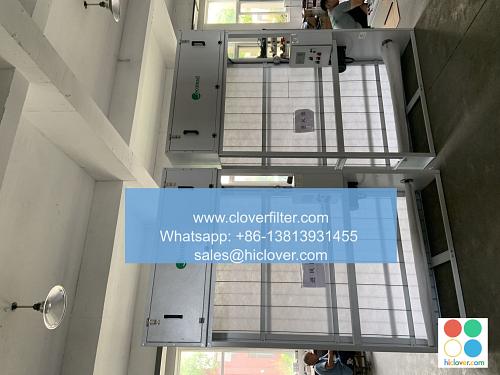34 Can UV Light Damage Or Harm Electronic Appliances When Replaced Air Fi

As the world shifts towards more energy-efficient and environmentally friendly solutions, UV light has become a popular replacement for traditional air filters in various electronic appliances. However, concerns have been raised about the potential harm that UV light can cause to these devices. In this article, we will delve into the world of UV light and its impact on electronic appliances, exploring the various application areas and potential risks associated with its use.
What is UV Light and How Does it Work?
UV (Ultraviolet) light is a type of electromagnetic radiation that is invisible to the human eye. It is commonly used in various air purification systems to kill bacteria, viruses, and other microorganisms that can cause illness. When used in electronic appliances, UV light is designed to improve indoor air quality by reducing airborne pathogens and eliminating odors.
Can UV Light Damage Electronic Appliances?
While UV light can be beneficial in improving air quality, it can also potentially harm electronic appliances if not used correctly. The main concerns are:
* Ozone generation: Some UV light systems can produce ozone as a byproduct, which can damage electronic components and corrode metal parts.
* Heat generation: UV light can generate heat, which can cause thermal stress on electronic components and reduce their lifespan.
* Optical damage: Direct exposure to UV light can cause optical damage to sensitive electronic components, such as CCD cameras and optical sensors.
Application Areas Where UV Light Can be Used Safely
Despite the potential risks, UV light can be used safely in various application areas, including:
* Air purification systems: UV light can be used to improve indoor air quality by reducing airborne pathogens and eliminating odors.
* Water purification systems: UV light can be used to kill bacteria and other microorganisms in water, making it safe for drinking.
* Food processing: UV light can be used to extend the shelf life of food products by reducing the growth of microorganisms.
* Medical devices: UV light can be used to sterilize medical devices and equipment, reducing the risk of infection.
Best Practices for Using UV Light in Electronic Appliances
To minimize the risks associated with using UV light in electronic appliances, follow these best practices:
* Use UV light systems specifically designed for electronic appliances: These systems are designed to minimize ozone generation and heat production.
* Follow the manufacturer’s guidelines: Ensure that you follow the manufacturer’s guidelines for installation, maintenance, and operation of UV light systems.
* Use protective shielding: Use protective shielding to prevent direct exposure to UV light and minimize the risk of optical damage.
* Monitor temperature and humidity levels: Monitor temperature and humidity levels to prevent thermal stress and damage to electronic components.
In conclusion, while UV light can be a valuable tool in improving indoor air quality and reducing airborne pathogens, it can also potentially harm electronic appliances if not used correctly. By understanding the potential risks and following best practices, you can safely use UV light in various application areas and enjoy the benefits of improved air quality and increased energy efficiency. It seems like you forgot to include the prompt. Please go ahead and provide the topic, question, or task you’d like help with, and I’ll do my best to assist you!

